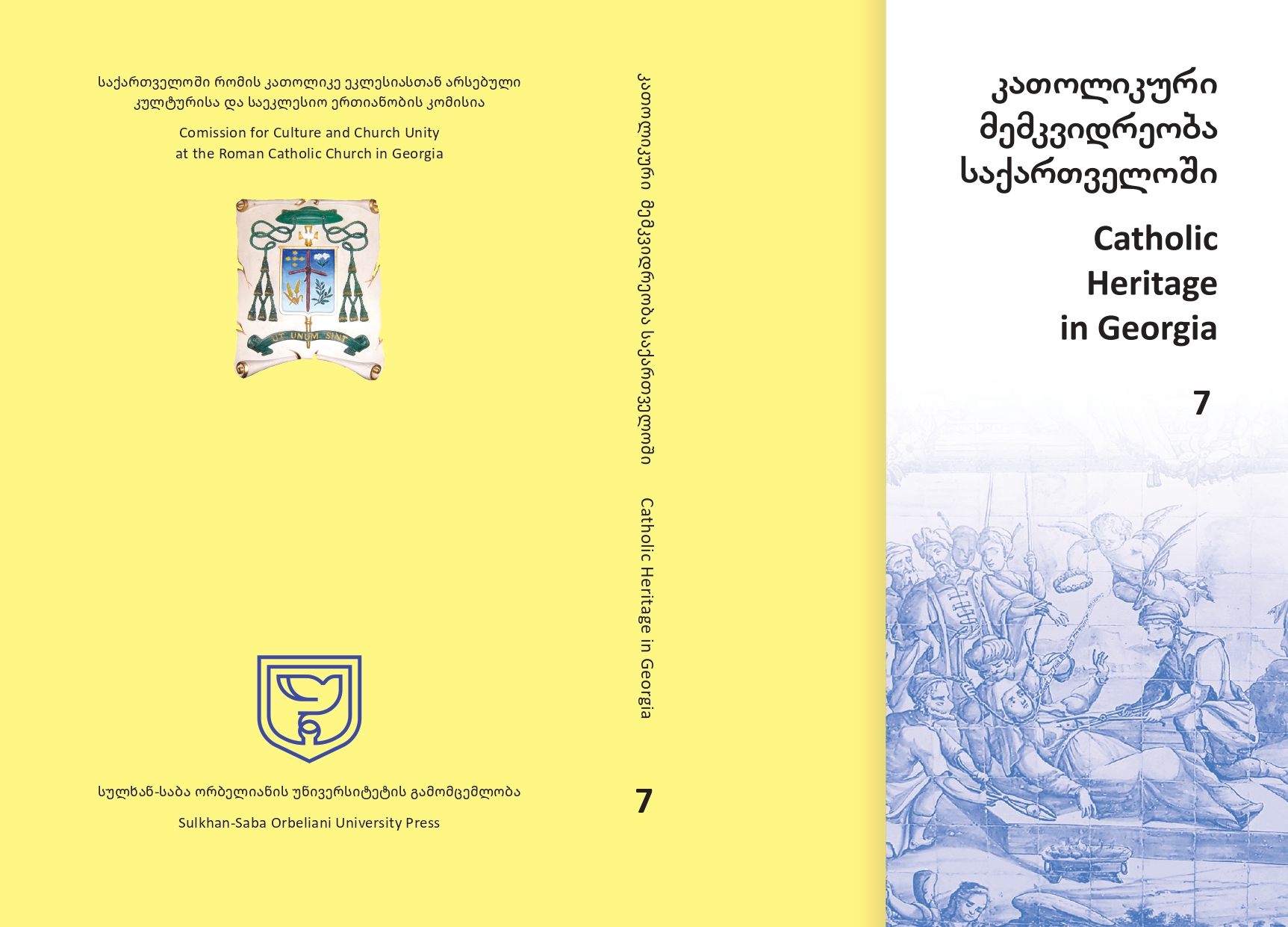დამოკიდებულება რომის კათოლიკური მოძღვრებისა და მისი გავრცელების მიმართ მე-17-18 საუკუნეების ქართულ, ბერძნულ და რუსულ წყაროებში
DOI:
https://doi.org/10.52340/chg.2024.07.12ანოტაცია
This article examines Catholic missionary activities and the responses they provoked in Georgia, Russia, and the Ottoman Empire during the 17th and 18th centuries, analyzing the effects on local Orthodox churches resulting from varying attitudes toward Catholic influence in these regions. In Russia, both ecclesiastical and governmental authorities regarded Catholicism as a significant threat. The Orthodox Church progressively lost its cultural dominance in education, particularly following Peter the Great’s
secularizing reforms. The growing influence of Western education introduced Latin vocabulary and concepts into Russian theology. The Russian Church intensified its anti-Catholic stance, culminating in the 1621 Church Council, which sought to protect Orthodoxy from Catholic influence. Despite prevailing anti-Catholic sentiment, several Russian theologians adopted Catholic doctrines to combat Protestantism, illustrating a complex relationship with Western intellectual traditions. In the Ottoman Empire, the Greek Orthodox Church exhibited a more accommodating stance toward Catholicism. Despite constraints imposed by Muslim authorities, Greek Orthodox clergy maintained strong connections with Latin Catholics, particularly in education. During the 17th century, numerous Greek Orthodox theologians studied in Europe, resulting in the integration of Latin theological concepts into Orthodox doctrine. Scholars such as Peter Mogila incorporated Catholic elements into Orthodox theology, especially in resistance to Protestant influence.
In the 17th century, the relationship between Greeks and Latin Catholics was notably harmonious, evidenced by interfaith marriages and instances of Catholic clergy officiating in Orthodox churches. Catholic priests were permitted to hear confessions and administer the Eucharist to Orthodox believers. By the 18th century, these relations deteriorated due to Ottoman political pressure, concerns regarding Catholic proselytism, and Pope Benedict XIII’s 1729 decree declaring Orthodox sacraments invalid.
Catholic missionary efforts proved particularly influential among various Eastern Christian populations. In Syria and Iraq, Catholic influence expanded from the 1630s, resulting in conflicts among local Christian factions. Some Orthodox and Nestorian communities harbored concerns about Catholic missionary proselytizing efforts, while others secretly embraced Catholicism. The
Chaldean Church established communion with Rome in the latter half of the 18th century, following the earlier precedent set by the Maronites. Overall, attitudes toward Catholic influence varied significantly by region. Greek Orthodox populations under the Ottoman Empire experienced markedly closer relations with Catholics in the 17th century; however, this dynamic shifted in the 18th century. Among numerous Eastern Churches, Catholic influence was primarily shaped by Ottoman governmental objectives and missionary activities, creating a complex mosaic of religious interaction and resistance across the Orthodox world.








